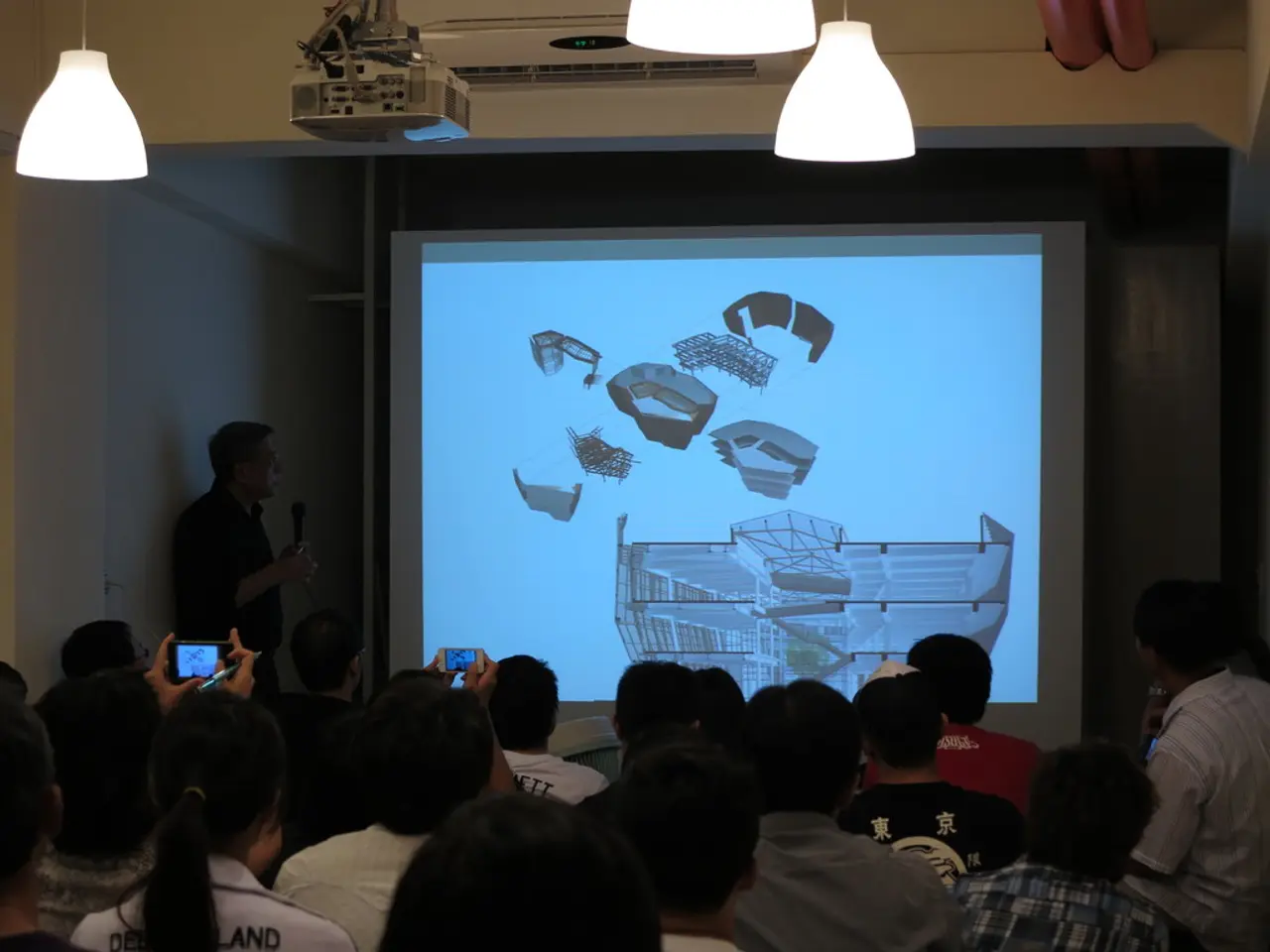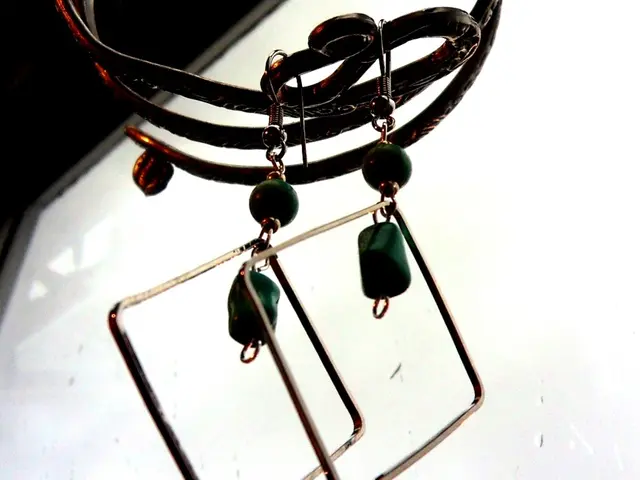Comparing Home Cinema Projector Technologies: A Look at DLP, LCD, and LCoS
In the world of home cinema, projectors come in three main technologies: Digital Light Processing (DLP), 3LCD, and Liquid Crystal on Silicon (LCoS). Each technology has its unique advantages and disadvantages, making it essential to understand them before making a purchase decision.
Single-chip DLP
Single-chip DLP projectors excel in delivering crisp, sharp images with strong contrast. Their reflective Digital Mirror Device (DMD) chip design results in deep blacks and sharp images, making them durable over the long term. Additionally, the sealed chip reduces dust issues, ensuring long-lasting and reliable performance. DLP projectors are also compact and cost-effective. However, they can exhibit the "rainbow effect," which some people find problematic. The color accuracy depends on calibration and the type of color wheel or light source used.
3LCD
3LCD projectors are known for their bright images and vibrant colors without the rainbow artifact. They use three separate Liquid Crystal Display (LCD) panels, one for each primary color, ensuring consistent color reproduction. This makes them more affordable compared to DLP and LCoS. However, they tend to be bulkier and heavier, and there may be potential issues with color decay or pixel misalignment over time. Additionally, their contrast is generally lower compared to DLP and LCoS.
LCoS (Liquid Crystal on Silicon)
LCoS projectors offer superior image quality, combining high contrast and excellent color fidelity. They are smooth and film-like, with minimal screen-door effect, making them ideal for nuanced low-light or dark scenes. This technology is the premium choice for consumer home cinema, offering the best image quality and contrast. However, LCoS projectors are more expensive, larger, and heavier than their DLP and 3LCD counterparts, and they can be more complex to maintain and calibrate.
Additional Context
In home cinema, ambient lighting conditions, room size, and personal sensitivity to artifacts like rainbow effects should also factor into choosing the right technology. For gamers, DLP's fast response time makes it a good choice, while 3LCD projectors offer easier integration of zoom and lens shift technologies.
In summary, single-chip DLP is favored for sharpness, contrast, and durability but may present rainbow artifacts; 3LCD offers bright, colorful images without rainbow effect but with modest contrast and potential maintenance issues; and LCoS provides the best image quality and contrast with a darker, cinematic picture at the cost of higher price and size.
[1] DLP Projector Technology [2] Understanding DLP Projector Technology [3] 3LCD vs DLP: Which Projector Technology is Right for You? [5] LCoS Projector Technology
Read also:
- Water Chemistry Dosage Guidance from AskBRS: Understanding What, How Much, and When to Add!
- Nurturing Permafungi Cultivation: An Organic Handbook for Fungi Farming
- Building Solar Power Systems for New Residential Properties: Harnessing Tomorrow's Energy from the Earth's Core
- Emerging populace advocates for a public assembly, referred to as the People's Parliament.








